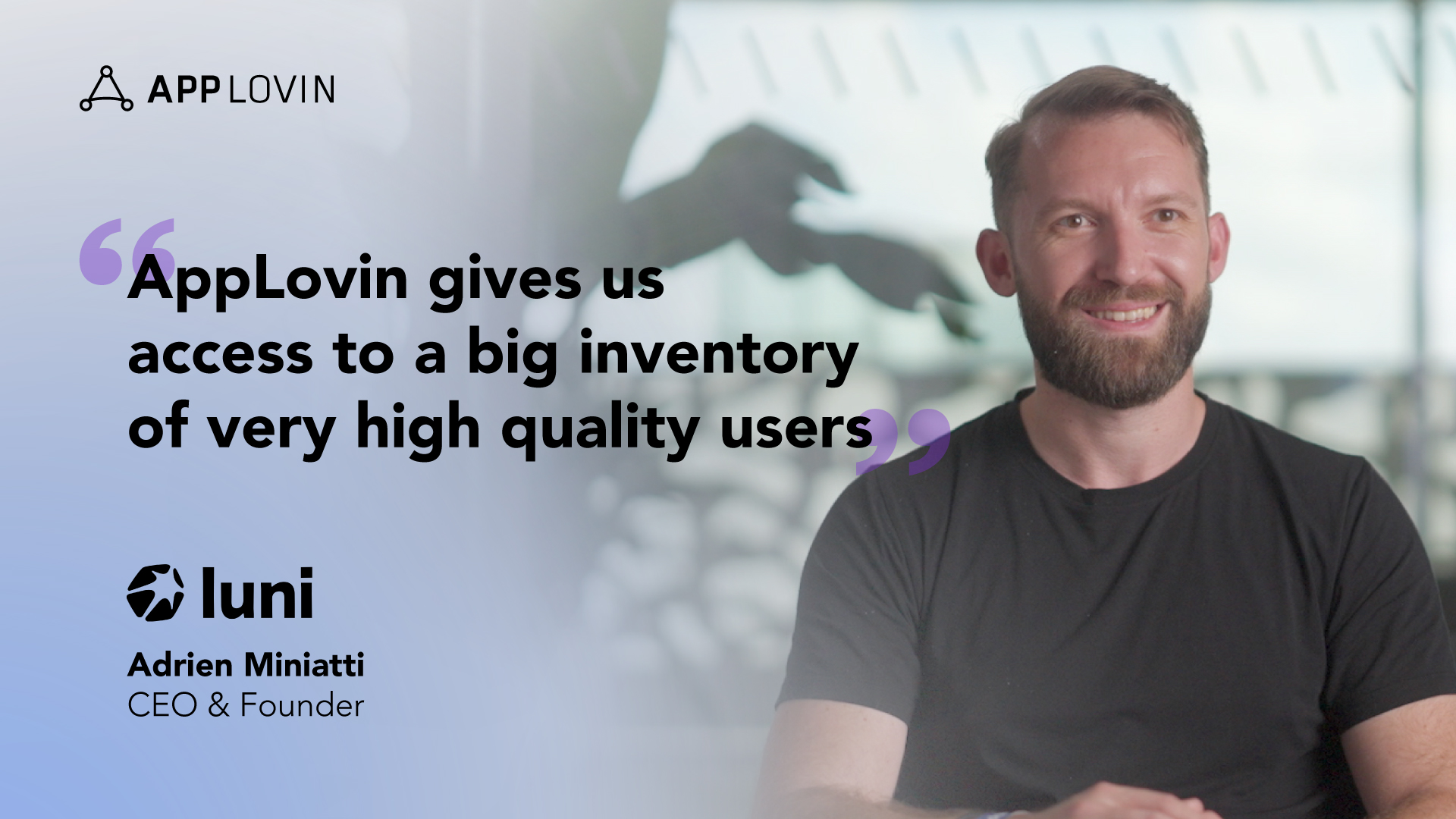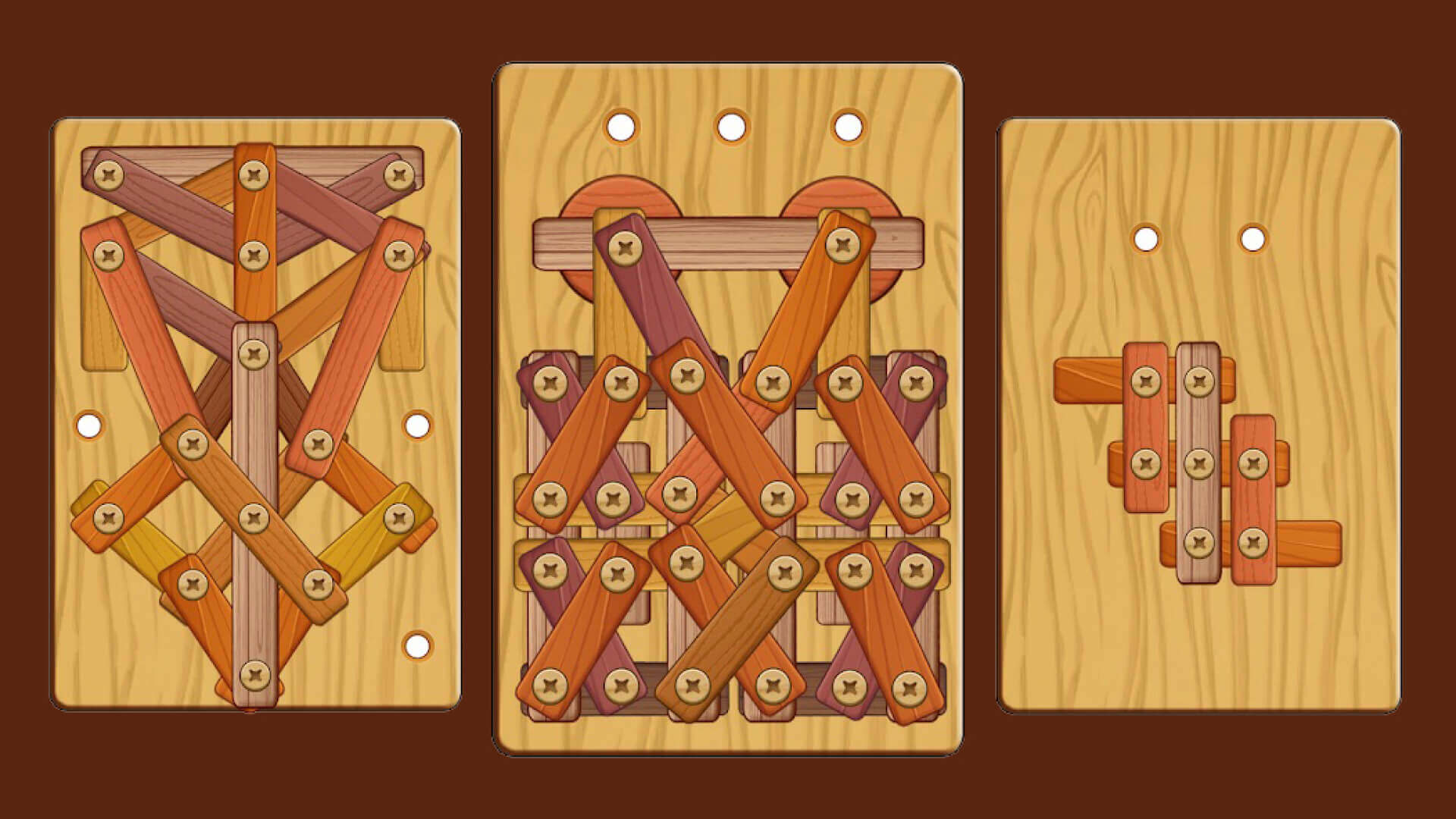Computing LTV for the purpose of user acquisition is potentially a very complicated endeavor because there are so many possible inputs, but if you’re an indie dev, it’s important to keep it simple, and let it evolve as your game grows. This is especially true given the tools available now that can generate “paralysis by analysis” — the options are so overwhelming you wind up doing nothing. So if you aren’t a UA manager or the owner of a game studio with data scientists on staff to help you parse through all the available data, here are three tips for producing a valid LTV figure with ease.
Break out LTVs into user groups.
The most basic way to compute LTV is just revenue/users, but this hides the fact that players’ LTVs will vary wildly (especially for whale-based games). Fortunately, for most games players will “cluster” into LTV groups. You should try to identify the signals, such as completion of a certain level in the game, that allow you to make those user groups. This is important for a few reasons, and most notably because it will allow you to understand how much you can really pay for user acquisition. If the CPIs you want to pay are total revenue/total users, you wind up defeating your acquisition strategy from the start: you’ll pay too little for good players and too much for bad players.
Take ad revenue into account.
Depending on the genre of game, ad revenue can be significant, and it can be omitted from LTV analysis for various reasons, including the fact that it’s common practice to focus on IAP alone. Ad revenue can also vary by user group, but more importantly, accounting for it allows you to confidently pay more per new user. We see this scenario too often: an advertiser gives us CPIs that are 50% of their true ad-revenue-adjusted-LTVs, and then the advertiser doesn’t get the the user quality they want in terms of IAP.
It’s worth mentioning here that you can use ads (i.e. ad revenue) to increase IAP. Rewarded video units can show your players — very quickly — how valuable the in-game currency can be to the experience, which can speed up IAP. This isn’t very well understood, and that’s a big reason ad revenue is separated from IAP revenue like an estranged cousin.
Further, if you only make ad revenue, you can still buy new players. It’s common to think that if you mostly sell your players (i.e. serve media) you can’t buy. This is fundamentally not true, and if your retention and ad revenue are strong enough, your LTVs can be such that you can buy, especially if you heed the next section.
Remember that organic lift can change your LTV by a factor of 2 or more.
Organic lift is also often taken for granted or dismissed in the LTV of the players purchased through acquisition channels, even though most everyone knows that organic lift is a valuable part of a buy. The reason is that computing or attributing organic lift is difficult, and while this is true, it doesn’t let anyone off the hook. It’s vital because the scale can tip and a buy that looks somewhat profitable can actually be monumentally profitable with organic lift. Everyone should have some way of at least approximating it, even if your confidence in the number is plus/minus 50%, before you buy any installs. The reason why post mortem analysis of organic lift isn’t ideal is that organic lift has a momentum that you don’t want to disrupt. So you want to be able to know — in real time — to pour on the gas if it’s warranted.
In the end, you need a simple framework to ensure that you are making money and to help keep your operation small. Breaking players into clusters, taking ad revenue into account, and approximating organic lift when you calculate LTV will help you to buy installs in a cost-effective manner. Then you can channel your revenues into building your next hit game.









